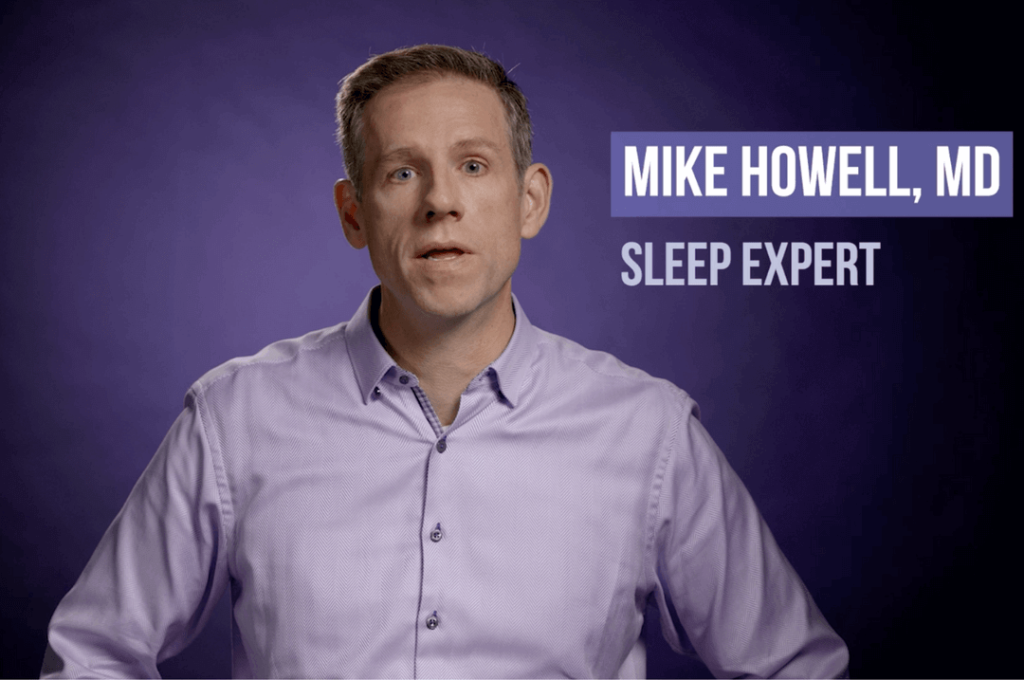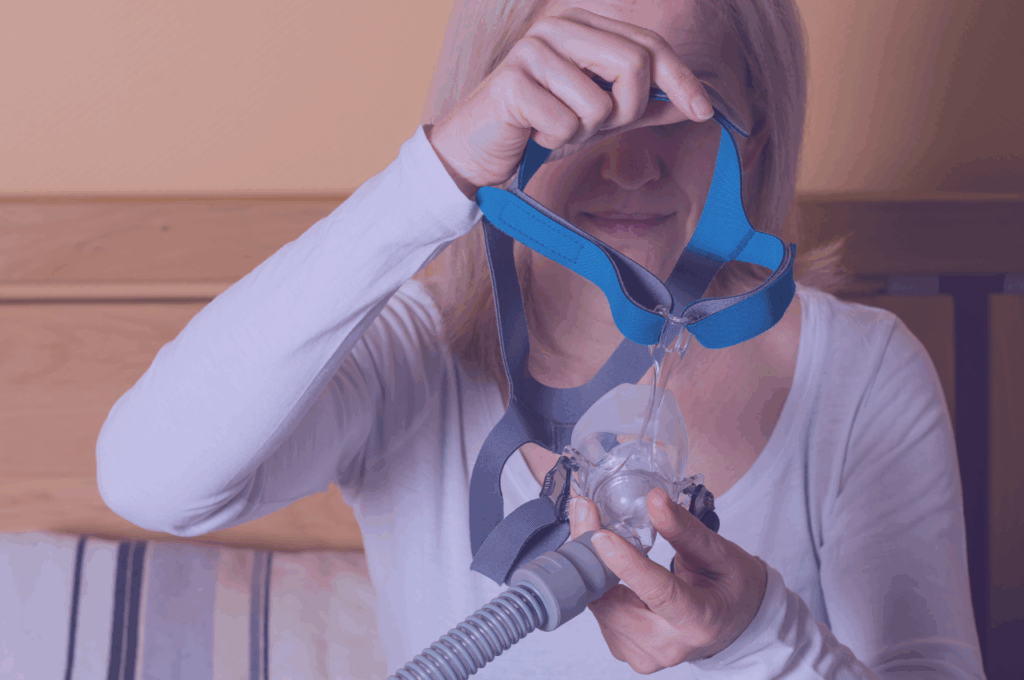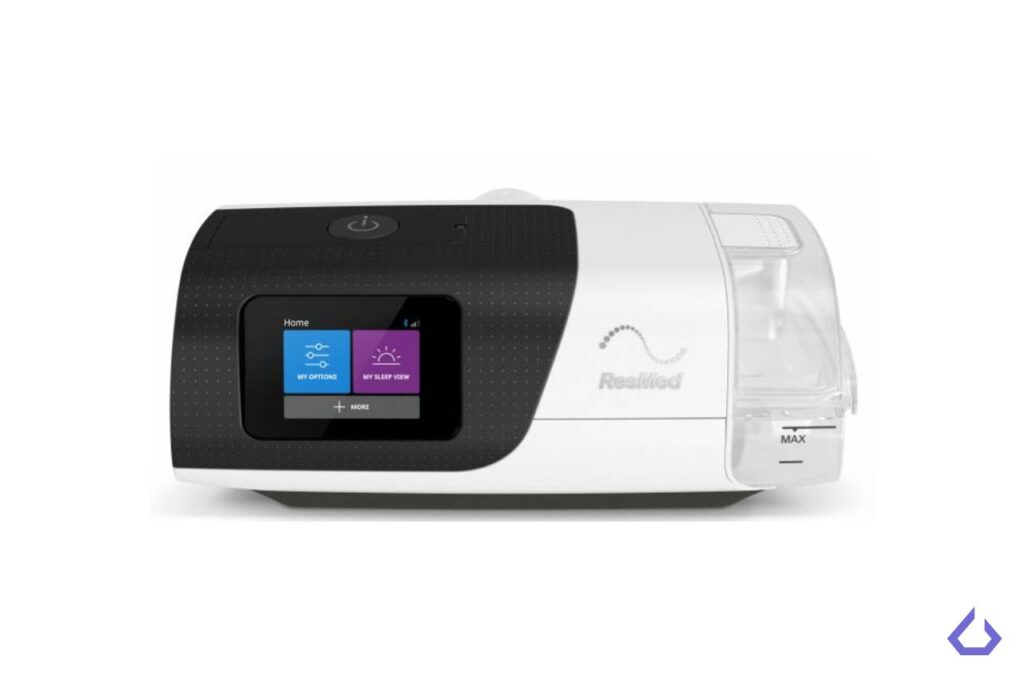CPAP is designed to take care of you, but you also need to take care of your CPAP! Here we break down the timelines for cleaning and replacement recommendations to keep your treatment as effective as possible.
Congratulations! Now that your CPAP has started helping you sleep better, you’ll want to return the favor and help your CPAP stay in tip top shape. We recommend the following cleaning and maintenance schedule to help ensure that your machine is operating at peak performance and you’re getting a good night of sleep. Below you’ll find some general guidelines for taking care of your machine, but always be sure to consult your user manual, as some models have different requirements.
Daily Care
After each use, you’ll want to empty any remaining water from the CPAP’s water tank, and then allow that tank to air dry. The mask’s cushion/pillow should be removed from the frame and headgear and washed off with warm water and mild detergent (such as Dawn dish soap) to remove facial oils. Rinse with clean water afterwards, then set it to air dry with your water tank.
Weekly Care
The airway tubing, water tank, mask frame and headgear should all be washed once a week, using just warm water and some mild detergent (such as Dawn dish soap). Afterwards, rinse them under clean water and let them air dry.
You should also take this opportunity to check the tubing and tank for signs of wear and tear. If the plastic on either part is cracked, cloudy or pitted, or has any torn seals, the part should be replaced.
Monthly Care
Be sure to inspect your air filters every month. Some devices require the filter to be replaced monthly, and others allow a longer period before swapping out. If the filter has holes or blockages from dirt, you should replace it immediately.
The cushion/pillow on many models are designed to be replaced bi-weekly or monthly. Check your manual to determine what’s best for your specific unit.
Quarterly Care
Every 3 months, to ensure that you continue getting your best possible sleep, you should check your CPAPs headgear and air tubing. The headgear should be replaced once it becomes discolored or begins to lose its elasticity resulting in difficulty maintaining a seal on the face. As the tubing gets older, the air quality will worsen. Microscopic holes can develop over time and prevent you from receiving the maximum benefit of the pressure settings. Replacing the tubing keeps the air you are breathing clean and safe.
Semi Annual Care
Every six months you’ll want to replace the CPAP machine’s humidifier and headgear.
Like any piece of high-quality equipment, regular care will improve your CPAP’s lifespan and keep it performing as it should to help you get restful sleep. Remember to check out your individual machine’s manual and set some reminders on your calendar or phone. Get into the habit of taking care of your CPAP so it can keep taking care of you!
Click here to download or print our cleaning and replacement recommendations.
To download, click ‘File’ in the upper left hand corner of the document’s navigation bar and scroll down to ‘Download’. You will then have the option on which file type you wish to download. To print, click ‘File’ in the upper left hand corner of the document’s navigation bar and scroll down to ‘Print’.
As always, if you have questions, please contact us at info@gem.health.






